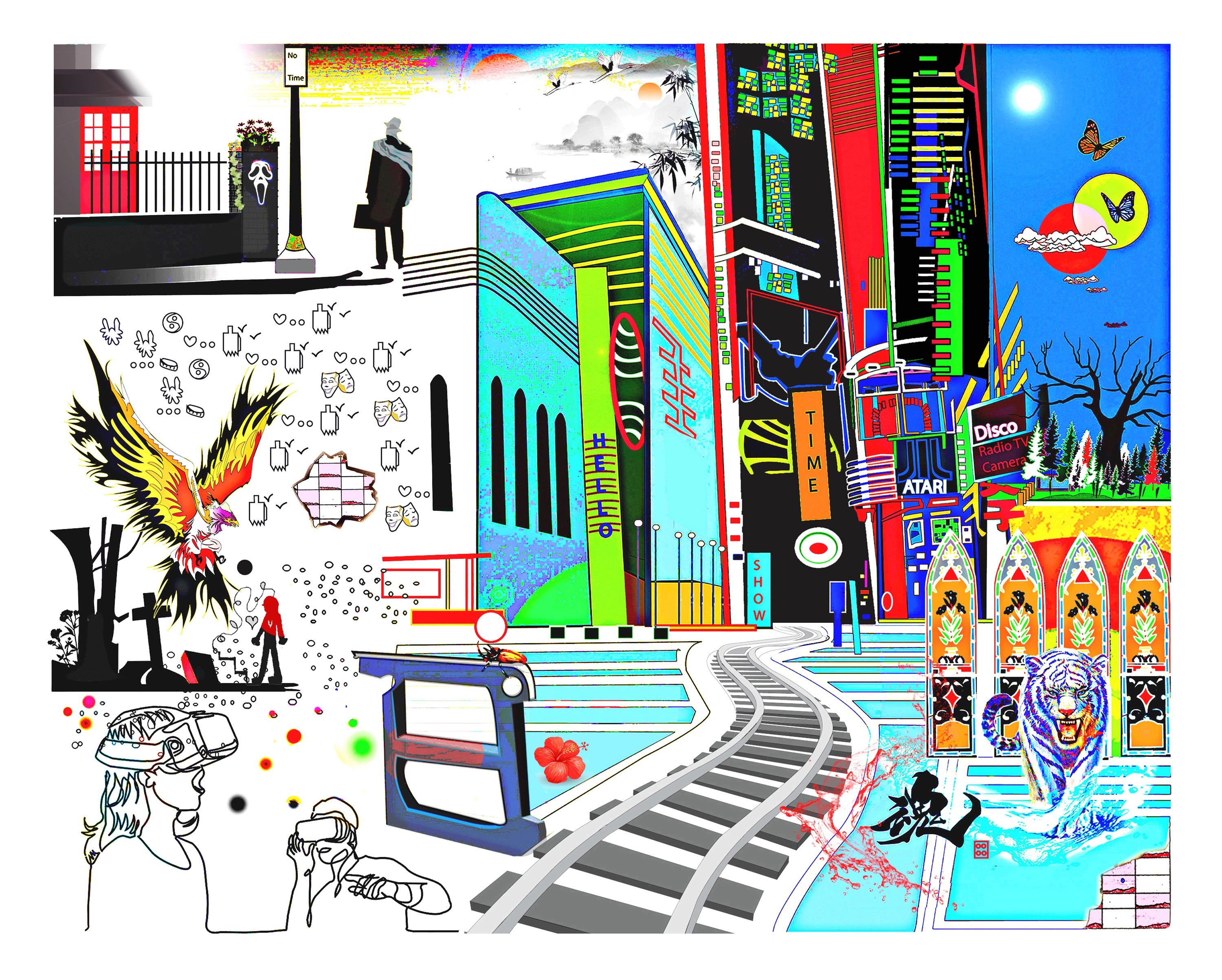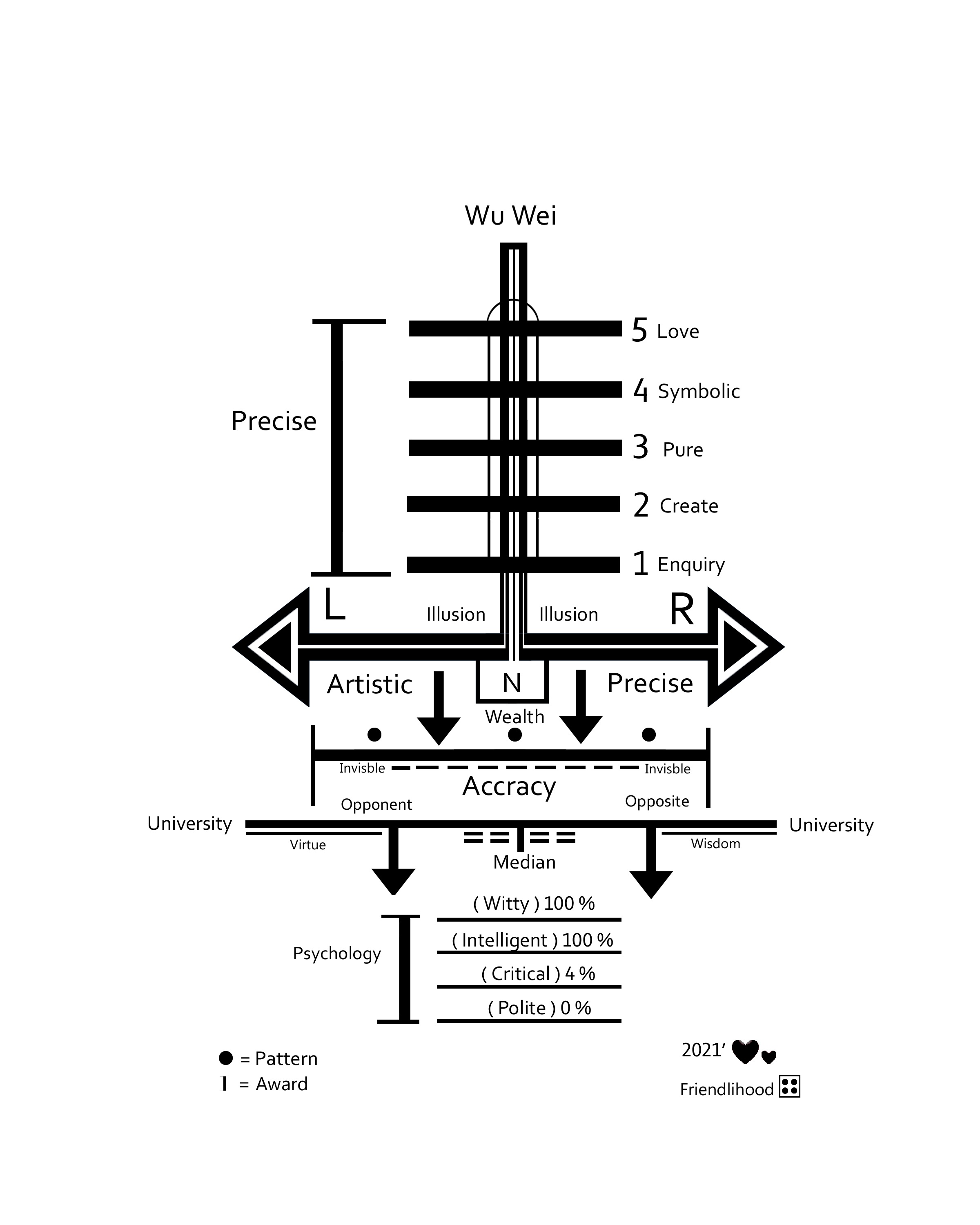Context: Domestic violence cases spiked during the COVID-19 lockdown.
Explain about the violence during the pandemic?
- Shadow pandemic: The UN Secretary-General used the term for rise in domestic violence cases during the lockdown.
- Women and sexual minorities were confined indoors with their abusers and even making a call or stepping out for shelter were likely to be very challenging.
- Violence: Violence is the short-hand language we use to communicate power play.
- Different kinds and contexts of violence lie on a spectrum which is defined by inequality and the desire to control.
- This includes domestic violence, rape and sexual assault, street sexual harassment, workplace sexual harassment, custodial rape and conflict-related sexual violence.
- Inequalities: The deep-seated inequalities of Indian society, creates a climate where state violence is tolerated because we are conditioned to granting others power over us and condoning its abuse.
What was the impact of lockdown on the females ?
- Access to reproductive healthcare: The lockdown made access to reproductive healthcare, including abortion, very difficult. The dullness of lockdown is the new context of marital rape, with frustration over income uncertainty is offered as justification.
- Forceful marriages: One of the outcomes of lockdown was that many girls were married forcibly and early in desperation to see them safe and fed.
- Abandonment: Women and girls with disability were left alone to fend for themselves in the aftermath of the lockdown.
- Vulnerable to harassment: New forms of workplace harassment have emerged with “work-from-home” and made women vulnerable to harassment.
- Impact on children: The children witnessed daily violence and was taken to be the normal language of human interaction.
- The male child who gets everything he reaches for knows he is entitled and that he can grab it with freedom.
Way forward
- Systematic creation of a support infrastructure (easy access helplines, secure shelter services with enabling cultures), bystander intervention awareness and gender violence sensitisation of the police and administration especially for crisis contexts, would have mitigated the epidemic of violence.







To : U.S Violence against women
Question : Are you ready to see a movie ?
Ans : I suggest you to watch ” Cyborg ” 1989 ‧ Sci-fi/Action online site. Bye !
Snowman :
Wait ! Slow motion .. I am on you, darling. What you’re really are is not about you. My flower spells has proven recently is infinite distill water process only. What is that period. I have inventive on my own experience. Anyway, two testify content on-hand which gave me a feeling note to write on material. Strange things are in dimension of compute medium at all time. These room is ready to located new experience to my psyche pill invention. My call-out clouds idea might be soft drink. First of all, I leave these room to a level temperature of three kinds. Then, prepare paper and ink pen to divine a result called purity … whispering like ” She is pretty, fine thank you.” ” Now, great news about her. She just woke up in a morning.” ” I have been talk to her last night when she took the natural herbs. How I called it ” carbon dioxide candy pill on the way.”
Transform this ghost story of my beautiful ladies mind. Let me tell you a hallow scene in my experience, last night, I have been speaks to my behalf about the scenario act which I get involve in a movie. At my script, I have been told that to act as a amaze guy to take care of my past. I am able to speak and listening to the death whisper. My movie dress would be stone antiquity color and custom uniform like mix & match in style. I am here in the movie to groom delight of a southern star. My only phase is continue said : ” Like you as a mirror. ” Like you as always. “Like you as used to be.” bye is about leaf falls on summer pond that is smoky wind leaded by human soul. I smoothly walk through the way of path. Open the temple door with bare hand. Now, what do you see ? May be yin and yang inquiry on air studio or butterfly element of chaotic warrior ” Bruce Lee.”
So, what would you like ? Do you like music box sell in classical antiquity craftsman shop by Wednesday night. These musician store concept remain on my love line project issue to whom is foresee. Friendly use is music magazine forms from my theory point to defined as music box market solution. As I keep reads on shadow & light, many music box counterpart already be reinvent happen during storm of historical product take place in beautiful chaos. It is about timeline of re-invent drawing mystery code for novelist hand craft movement as you. My owl night vision piece brought w/you a illusion script at all state that is experimental patterns. Anyway, here is my thought to you for today. I fall in love with a ladies who really like your eardrum. Even she might not be knowing along her voice too.
I fell in love again ..
(_(
(=’ :’) ~♥
(,(‘)(‘)
February 2021’
w/my 2 image attachments


To : U.S Violence against women II
me : The ways of Zen entertaining.
What brought you here ?
What is light ?
Is rainbow trout is a forms of ego ?
I am going to inform you that I have a good dream of the utopia, last night. When I was standing out of my balcony to foresees a thunder storm without sound of brightest night. Winds forms from the northern side barely touch of my skin falling blues air on my ego. If that Asian portrait would be a good art isometric form in term of writing scenario for mix-media version. Then, abstract must be medium color of a radio broadcasting as unit. In the depth of my classic perception, there is always culture vision differ than a foreign ascent in artistic tone of simply hello. I may have to assume anyone who see a movie to defined a self in sense of exist being character. But divine a love of beautiful butterfly through the mind of true nature. Field meaning explore of rainbow tour is the best choice for scholar mathematics team.
I am thinking of the white light treasure fill into a volume to improve quality of sleepy mode. My superstitious idea is a route plan to gain correctly direction and exotic food on the individual thinking of sunny religious. Once you are on journey signal, there is type of data collect from a reading magazine Ads .. radio .. poster writing .. books … maps ..and television so as a travel team. My goodwill for humanity this time would be differ version of creativity tool compare to road trip. Clever used to be a word of value to speaks on your way out while walkable forest hiking on yellow stone national park. I am sense of believe that quality would be entertaining solve the sunny side world of mysteries day. By using PMI ( Project Management Institute ) 2 billion us budget for this powerful novelist idea. Namely ” Who is James ? ”
Here is my fruitful conclusion : I wonder nature of business would be anything collects from your curious point fully. To applies destiny knowledge and clever level for waterfall park as you foresees. Hope to get you interest into my tour route writing as concept. See you soon !
Snowman 2021′
Bye !
w/my 2 image attachments


To : U.S Violence against women III
me : What’s up !
Have you thought of being bore with your game tool, during later at the evening. The question is : not knowing what to cook for your family. And what will it be the rest of your life. Here is the answer. Sell your soul to his company while perceive cool product itself, saving your life and time. Money does speaking on its own way. So does he I am talking about the real things in electronic recipient. The manual thought of being somebody who know its ingredient portable handheld game that solve anything in the kitchen. I have to introducing my inventive solution “ Lottery Recipient Tool “ could carry information game to the next 21st century. A set of programming deal and telephone selling package.
Once in a lifetime, guess what you been dreaming of, great idea of better than anything else. Personally, I have a great moment of thinking what is feels like. Just like candy company, who sold nutrient to a market, meanwhile keeps produce candy everyday since the value built up at certain level at supermarket . Now, it’s worth a billions dollars. You have to believe it before you have seen It. For example, mostly time to economic leading market in investor to know his product through daily routine. Likely to know how exactly to become a salesman as you carry a briefcase, wearing a formally dark suit, hung on the bar during happy hours, sold your product, include menu Entrée, know your ingredient in just a few minute. As soon as you missed the taste of family choice.
Finally, welcome to the missing calls from the reality of last cold summer: Hoping you had game going to be joyfulness and peacefulness. Please safe with your family, be my own destiny.
Snowman 2021′
To : U.S Violence against women IV
What is near death experience you have been through ?
Does object matter has any foreground shadows, light ?
The bridge
Hey.. since the last day we have met each other on the bridge of the summer festival at night . I couldn’t tell by the fortune tellies machine slot on board product being superior on the paper card. ” Not to get mad ” I said : then curious, have you seen paper card on issue, concerns tap of the English bar table as regard time passing by in the duration of superstitious naturally… In these days, the Winter light atmosphere evolve to the feeling of the unknown tasty figure ” Lobster ” claws into metamorphosis info. How is data storage in the century of today’s Modernity. What is the greatest adventure for a magical performance … and I love you too.
I went back to the house to take a shower, trying to get to the points of today event being late of thought. You are right ” I said ” I have to call you later at night. My spirit are different that used to be best friend of you. Now, friendly saying. ” I kinda like you ” . I met another beautiful women … don’t be upset.. You are thought so, by the phone while we are travelling at the sea of love ” she said : What is your set of astrology number into a dream land of the utopia ? I said. ” Clothes closet in a word .. good place to hide. I have seen a floating spirit.”
That’s true theory … He who has to build up a reputation on his own sake hang on a hook. I decided to go along with nature, tree intuit me rely on the shadow feeling of sleepy moon as pill as lobster path of the ocean leaf …
End.
Snowman 2021